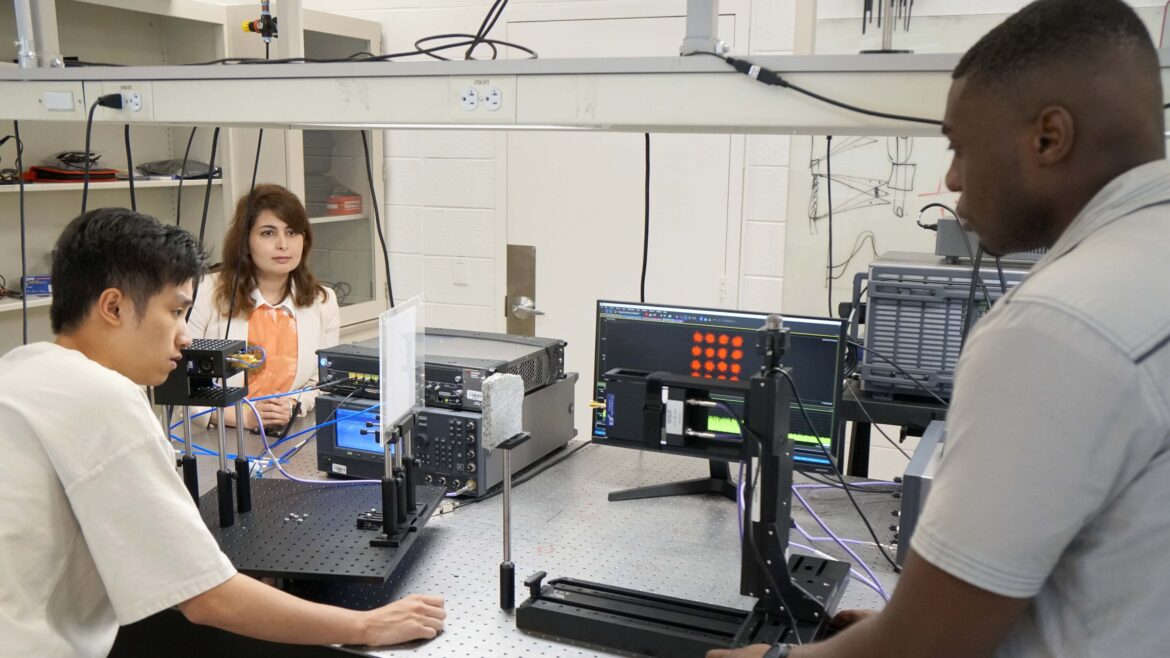The old adage “ignorance is bliss” feels especially fitting when it comes to healthcare. In fact, new research reveals that one in three people avoids—or is likely to avoid—medical information.
In a study published in the Annals of Behavioral Medicine earlier this month, researchers investigated data from 92 studies involving 564,497 participants from 25 countries. Despite the fact that successful treatment often depends on early detection, their results indicate that many people are reluctant to engage in preventive care or checkups. These first-of-their-kind global estimates carry significant implications for health policy.
Avoidance highest for Alzheimer’s and Huntington’s
“Medical information is more accessible than ever, but many people choose to avoid it,” the researchers wrote in the study. “We found that nearly 1 in 3 people avoided or were likely to avoid medical information.”
People were most likely to avoid information about incurable neurodegenerative diseases—41% for Alzheimer’s and 40% for Huntington’s. Avoidance dropped slightly for serious but treatable conditions like HIV (32%) and cancer (29%) and was lowest for chronic, manageable illnesses like diabetes, at 24%.
The researchers described medical information avoidance as “any behavior designed to prevent or delay the acquisition of available but potentially unwanted information,” such as delaying or missing doctor’s appointments and refusing medical tests.
While one might suggest that a lack of information or high financial costs are to blame, the study includes Germany. There, health insurance companies communicate appropriate services to their members and usually cover the expenses. Unfortunately, however, the study did not allow for the direct comparisons of information avoidance between countries.
“One possibility is that the choice not to know is a deliberate one,” Ralph Hertwig, co-author of the study and director of the Center for Adaptive Rationality at the Max Planck Institute for Human Development in Berlin, said in an institute statement. “We have investigated this phenomenon—which we call deliberate ignorance—in other areas of life and found that there are a wide variety of reasons for it.”
Why do people avoid information about their health?
The team identified 16 key predictors of this avoidance. Interestingly, these did not include gender, race, or ethnicity. The most significant predictors were feeling overwhelmed, low confidence in managing one’s health, the fear of being judged, and mistrust and lack of confidence in the medical system.
“Patterns of avoidance varied across world regions, suggesting that differences in healthcare systems may influence behavior,” the researchers explained in the paper, adding that they did not investigate how medical information avoidance impacts patients’ health. “More research is needed to understand the psychological and medical consequences of avoiding medical information.”
In fact, the team highlights that their research does not judge if medical information avoidance is positive or negative—it reveals that the behavior is common and not always irrational. Furthermore, the identified avoidance predictors highlight potential areas for policy interventions.
For example, “our findings suggest that lower trust is associated with higher information avoidance,” lead study author Konstantin Offer, a predoctoral fellow at the Max Planck Institute for Human Development, said in the statement. “Restoring trust in the medical system could therefore lead to greater engagement with medical information.”
In other words, if you dread attending checkups or learning your medical test results, you’re far from being the only one, since many people avoid it altogether. But it remains to be seen how this avoidance might impact people’s health.








